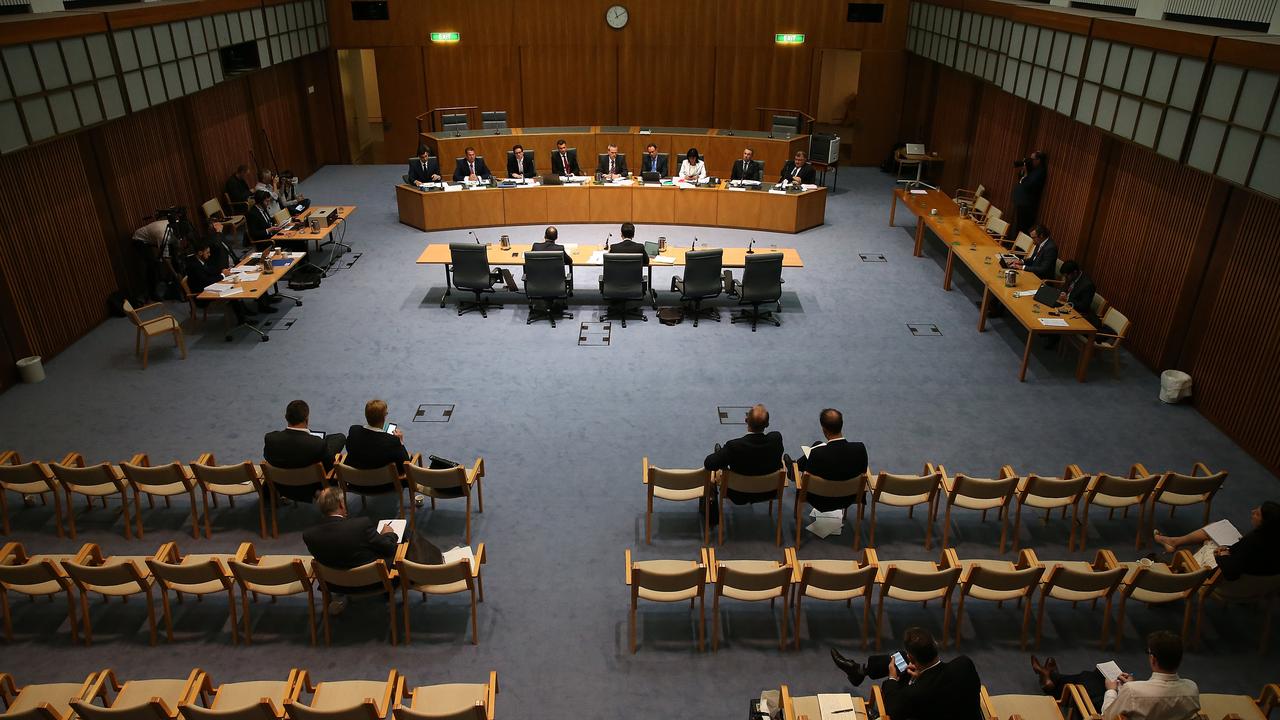The most remarkable feature of the HECS hoax
It is nonsensical that the government plans to scrap incentives encouraging students to pay tuition upfront.
Ninety 90 per cent of undergraduates drift, lemming-like, into so-called HECS debt. But should they?
With the budget looming, the Parliamentary Budget Office has timed to perfection the release of a report that shows the serious escalation of student debt is about to rocket if an ever-widening menu of courses are continually allowed into the HECS-HELP system.
Paradoxically, there is also the genuine fear that if university fees are deregulated then many courses will become much more expensive and, in turn, student debt in relation to those courses will blow out further.
The figures are remarkable. There are four million students out there with HECS debt of $7.8 billion. Government estimates are that one dollar in five of that money will never be repaid. Moreover, it is forecast that the total value of the HECS-HELP program could blow out to $180bn in a decade.
It is worth noting that, although the Turnbull government has managed to make few significant budget reforms, the Abbott government did manage to get initial changes to the HECS system into the last budget: until recently, students did not have to repay their HECS debts while overseas; from July 1 next year, they will have to pay under a new formula. So, in a tangible fashion, the ground has been set for change on May 3.
The most likely change — and most effective, according to a report from the Grattan Institute’s Andrew Horton — is to reduce the income threshold at which citizens must start repaying HECS debts. At present, the threshold is set reasonably high at $54,156. The Grattan Institute suggests that if this drops to $42,000 the government will bring in $500 million a year extra.
Education Minister Simon Birmingham has been publicly testing the waters on making such a change. Separately, the head of the government’s Higher Education Standards Panel, Peter Shergold, has raised the notion that family income — not just the specific income of the student — could be included in the assessment criteria.
Here’s the thing: the $54,000 threshold is way out of line when set against comparable economies. In Britain the figure (currency adjusted) is $42,000 (no coincidence this is what the Grattan Institute has recommended) and in New Zealand it is $18,000.
Does a lower threshold work? You bet it does.
New Zealand’s student loan system is 75 per cent internally refinanced. In Australia, the figure is 25 per cent. Put crudely, New Zealand is three times better for the budget bottom line.
Would a lower threshold penalise anyone in particular?
Yes, it would penalise those who make between $42,000 and $54,000, which is considerably lower than the average industrial wage of about $80,000.
That’s the big picture, but for most investors the issue is this: Those — or their family members — who face third-level fees confront a personal finance conundrum when offered “soft” HECS loans at around 2.5 per cent. With the finance costs half the price of a home loan, how could anyone resist? Here’s why:
● Because it is miserable to set out in life with debt, even if it is a soft debt, and if it can be avoided it should be.
● Because 2 per cent loans are an anomaly, they might spike much higher in the future — note the PBO uses a bond rate of 6 per cent in its estimations. In other words, the amount you owe in interest could at least triple if rates go back to “normal”.
From a wealth management perspective, the most remarkable feature of the debate over student debt is the absence of any incentive to pay the fees upfront or even to pay the debt off quickly — every other loan in your life has incentives to do so.
Why does HECS lack this feature? Back in 2005, if you paid your undergraduate fees upfront you got a big, fat discount of 25 per cent; it fell to 20 per cent in 2012 and is 10 per cent today. It is due to be scrapped in 2017 — which is daft. The reason for scrapping them is because there is insufficient evidence that people respond to discounting.
Honestly, what nonsense.
People respond in every other field of expense — even from the very limited evidence of private third-level institutions it has been shown that fee discounts translate into higher repayment levels, and this is a tiny, unrepresentative (and no doubt richer) slice of the population.
If you want to make the system work, cut the threshold, make it attractive to pay upfront, give us a discount and start again.




It is an extraordinary feature of wealth management in Australia that millions will pay inflated prices for private schools, but will just as quickly lump their kids with third-level education debt.